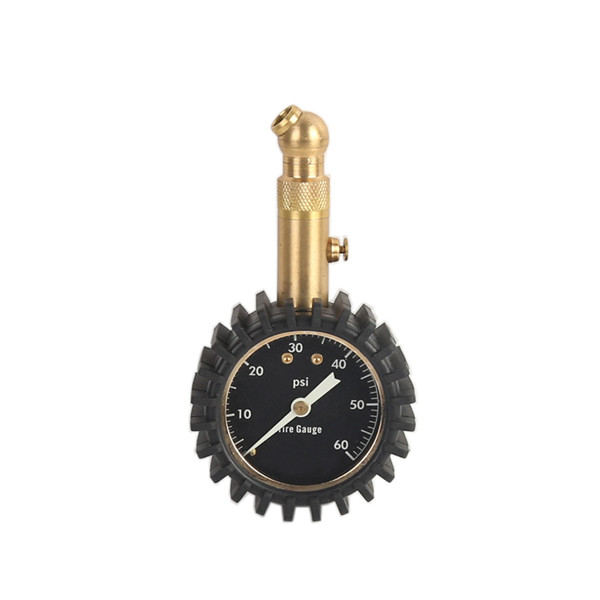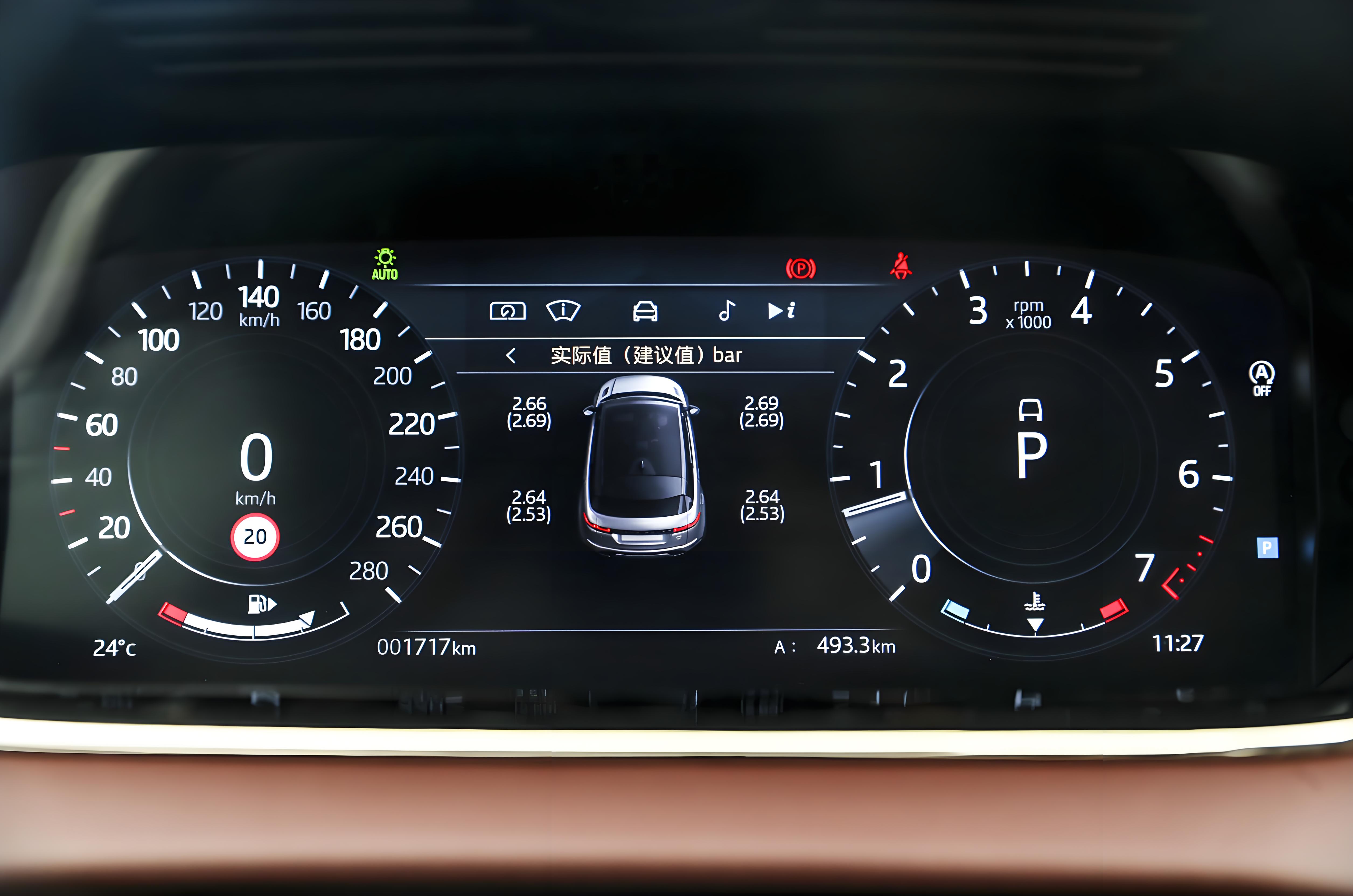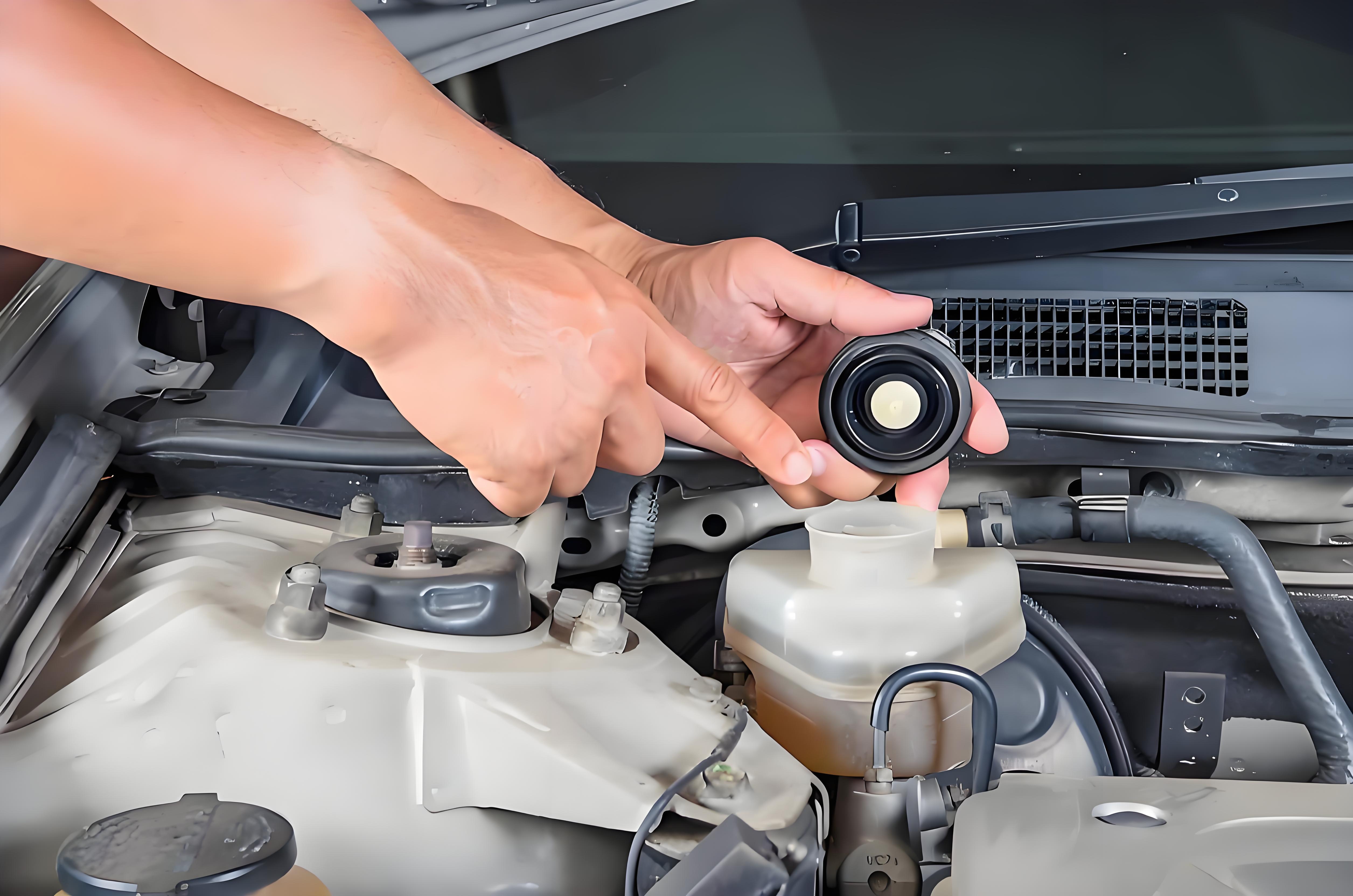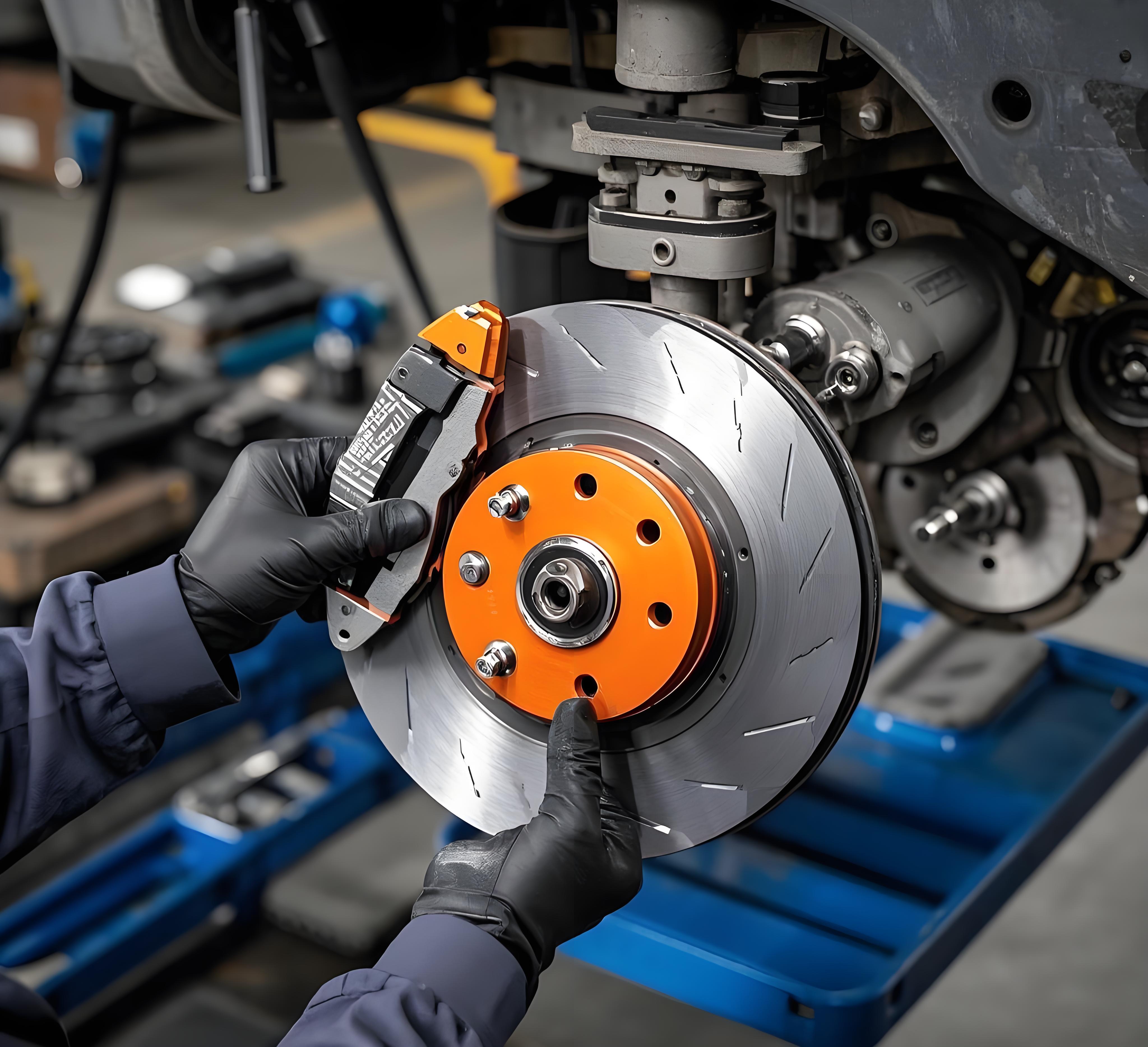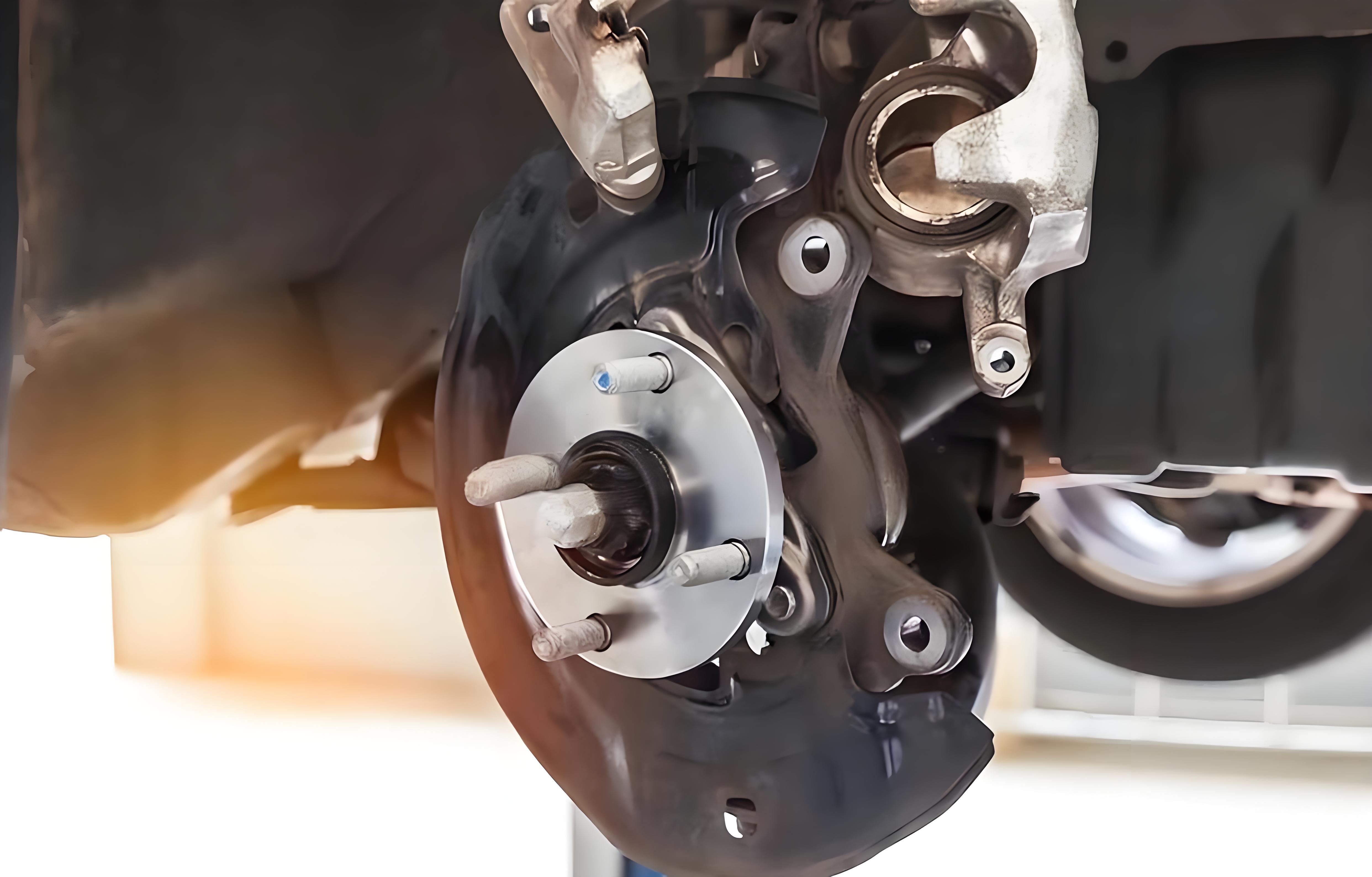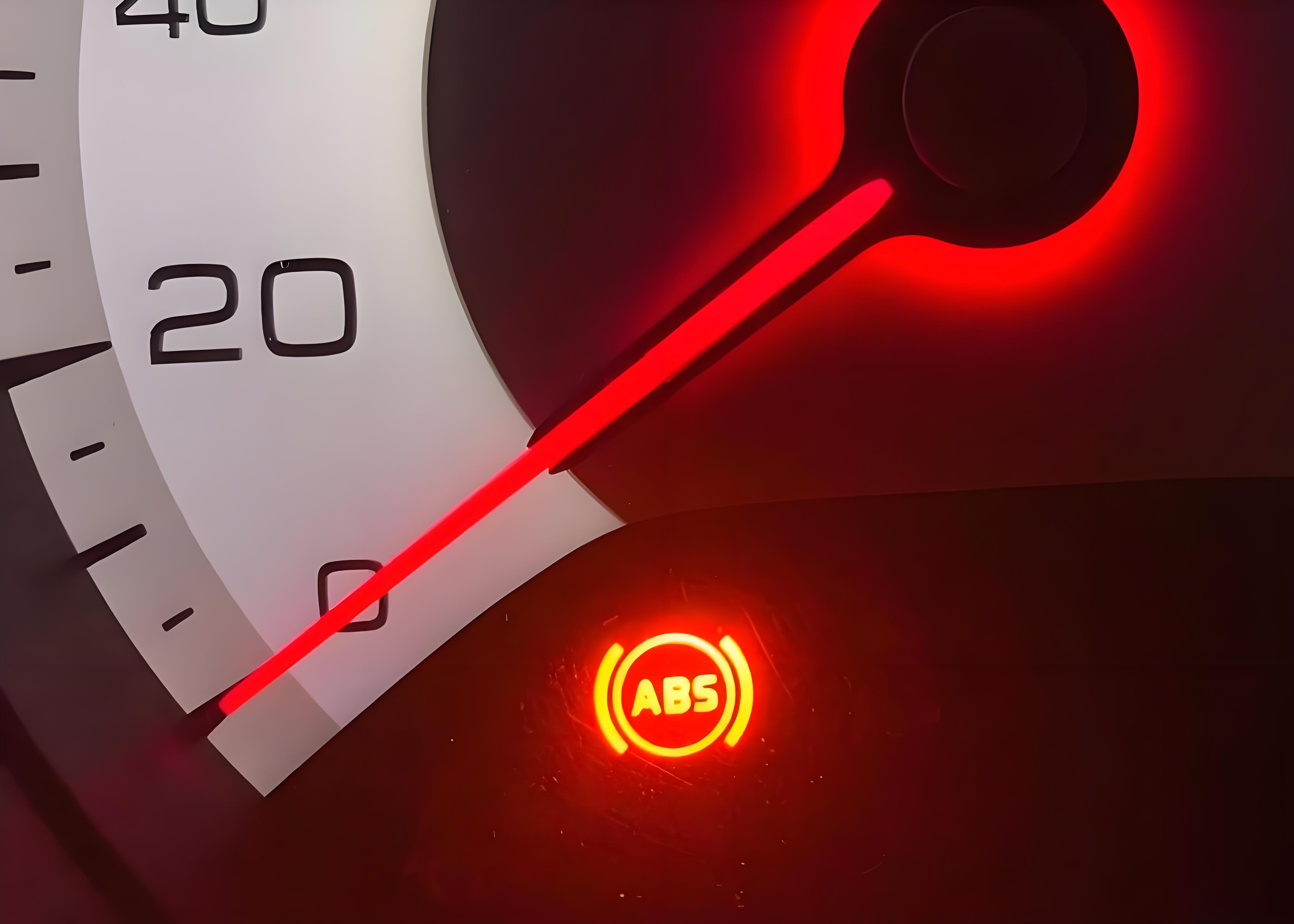The Unsung Hero of Road Safety: Why Your Tire Pressure Gauge Deserves More Attention
When it comes to car maintenance, most drivers focus on oil changes, brake checks, and tire rotations. But there’s one small tool that often flies under the radar despite its critical role in safety, fuel efficiency, and tire longevity: the tire pressure gauge. Whether you’re a seasoned driver or a new car owner, understanding how to use this tool correctly can save you money, prevent accidents, and keep your vehicle running smoothly. Let’s dive into everything you need to know about tire pressure gauges.
Why Tire Pressure Matters (More Than You Think)
Before we talk about gauges, let’s address the "why" behind tire pressure. Properly inflated tires are the foundation of safe driving. Underinflated tires increase rolling resistance, which forces your engine to work harder—wasting fuel and reducing your miles per gallon (MPG). They also generate more heat, increasing the risk of blowouts, especially during hot weather or long drives. Overinflated tires, on the other hand, reduce traction by minimizing the contact area with the road, making it harder to brake or handle the car, particularly on wet or icy surfaces.
In short, incorrect tire pressure compromises safety, costs you money at the pump, and shortens the life of your tires. That’s where a reliable tire pressure gauge comes in: it’s your first line of defense against these risks.
Types of Tire Pressure Gauges: Which One Is Right for You?
Not all gauges are created equal. There are three main types, each with its own pros and cons. Let’s break them down:
1. Analog (Mechanical) Gauges
These classic gauges use a spring-loaded mechanism to push a needle across a scale, displaying pressure in PSI (pounds per square inch), BAR, or kPa. They’re affordable, durable, and don’t require batteries, making them a popular choice for emergency kits. However, they can be less precise than digital options, and the needle may wear out over time, leading to inaccurate readings.
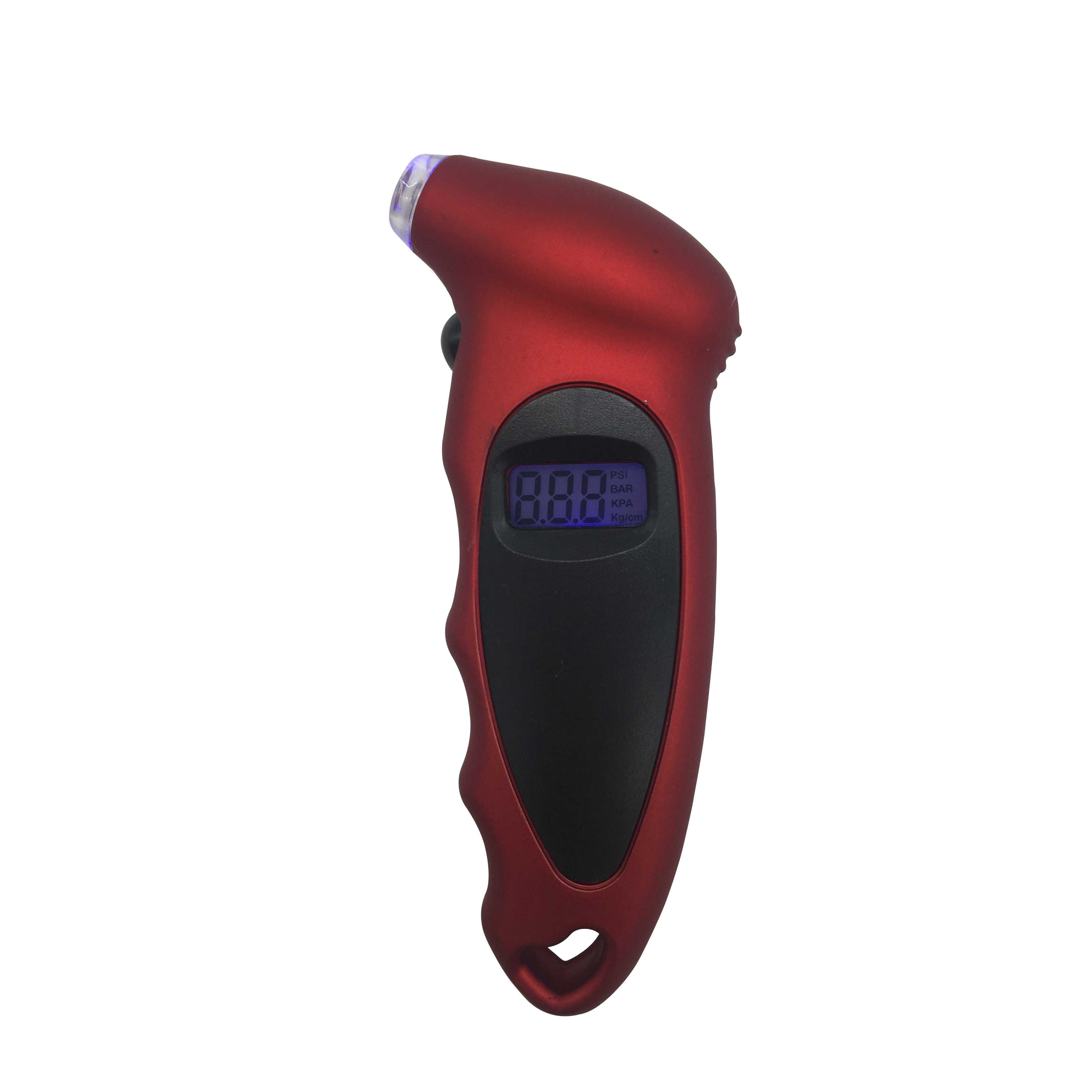
2. Digital Gauges
Digital gauges have an electronic sensor that measures pressure and displays the result on a screen, often with decimal-point precision. They’re easy to read, even in low light, and many come with features like backlighting, auto-shutoff, and unit conversion (PSI, BAR, kPa). The downside? They rely on batteries, and cheaper models may be less accurate than high-quality analog ones.
How to Use a Tire Pressure Gauge Correctly
Using a tire pressure gauge is simple, but doing it right ensures accurate readings. Follow these steps:
- Check pressure when tires are cold: Tires heat up as you drive, which increases air pressure. For the most accurate reading, check pressure first thing in the morning or after your car has been parked for at least 3 hours.
- Find your vehicle’s recommended pressure: This is not the maximum pressure listed on the tire itself (that’s the tire’s limit, not your car’s ideal). Check your owner’s manual, the driver’s side door jamb, or the fuel door for the manufacturer’s recommendation (usually in PSI).
- Remove the valve cap: Twist it off gently and set it aside (don’t lose it—valve caps keep dirt and moisture out).
- Attach the gauge to the valve stem: Press it firmly onto the stem to get a seal. You’ll hear a brief hissing sound as air escapes, but that’s normal. For analog/dial gauges, the needle will jump to the pressure reading. For digital gauges, wait for the screen to display the number (some may beep when ready).
- Record the reading and compare: If the pressure is too low, add air at a gas station or with a portable compressor. If it’s too high, release air by pressing the small pin in the center of the valve stem (use the back of your gauge or a key) and recheck until you reach the correct pressure.
- Replace the valve cap: Tighten it by hand to avoid damaging the stem.
Frequency: Check tire pressure at least once a month and before long road trips. Extreme temperature changes (like a sudden cold snap) can also affect pressure, so it’s wise to check after weather shifts.
Maintaining Your Tire Pressure Gauge
To keep your gauge working accurately:
- Store it properly: Keep it in a dry, protected case (many come with one) to avoid damage from dust, moisture, or drops.
- Clean the valve connector: Wipe it with a dry cloth occasionally to remove dirt that could block the sensor.
- Test for accuracy: If you’re unsure, compare readings with a gauge at a trusted auto shop. Replace your gauge if it’s consistently off by more than 1-2 PSI.
Common Myths About Tire Pressure Gauges
Let’s bust a few misconceptions:
- Myth: "Gas station gauges are always accurate."
Fact: Many gas station gauges are poorly maintained and can be off by 5+ PSI. Always use your own gauge for reliability.
- Myth: "You only need to check pressure when the TPMS light is on."
Fact: The Tire Pressure Monitoring System (TPMS) in modern cars alerts you when pressure is 25% below the recommended level—that’s already enough to affect safety and fuel efficiency. Don’t wait for the light!
- Myth: "All gauges work the same."
Fact: Cheap, uncalibrated gauges can give misleading readings. Investing in a quality gauge (around
30) is worth it for peace of mind.
Final Thoughts: A Small Tool with Big Benefits
Your tire pressure gauge might not be the most glamorous car accessory, but it’s one of the most valuable. By taking a minute each month to check your tire pressure, you’ll improve your car’s performance, save money on fuel and tires, and—most importantly—keep yourself and your passengers safe on the road.
So, dig out that gauge from your glove box (or buy one if you don’t have it), check those tires, and drive with confidence. Your car (and wallet) will thank you.
Have a favorite type of tire pressure gauge? Share your tips in the comments below!

